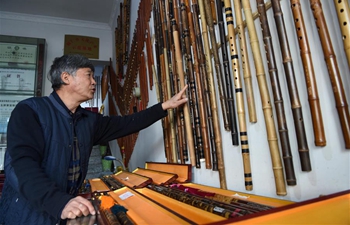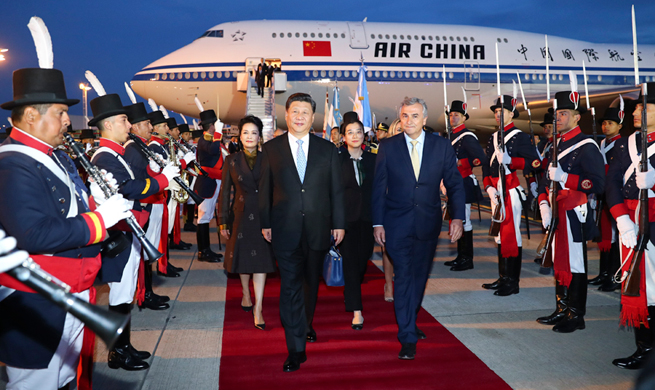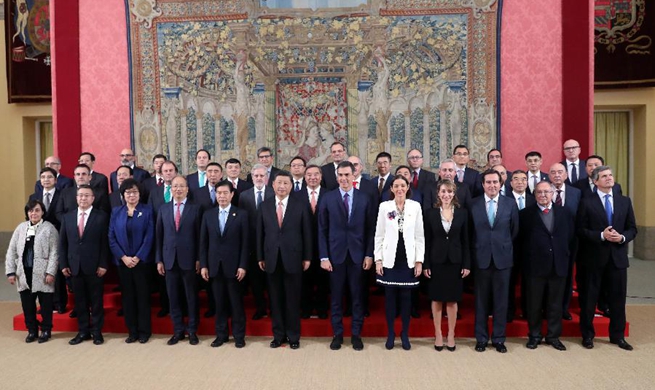GENEVA, Nov. 30 (Xinhua) -- With the coming of World AIDS Day 2018, the World Health Organization (WHO) and UNAIDS on Friday recommended self-tests to reach the 9.4 million people worldwide living with HIV who are unaware of their conditions.
As Saturday marks the 30th anniversary of World AIDS Day, which was first initiated by the WHO in 1988, the WHO said about 75 percent of the people estimated to be living with HIV, or 28 million out of 37 million, had accessed HIV testing and been diagnosed.
However, as this year's theme of the AIDS day "Know Your Status" suggests, important testing gaps still remain, which the WHO and partners recommend the use of self-tests as an additional tool to overcome.
The WHO first recommended HIV self-testing in December 2016. Today, more than 59 countries have policies on self-testing, with 28 of countries fully implementing the policies.
Meanwhile, a latest UNAIDS report shows that 9.4 million people living with HIV do not know they are living with the virus and urgently need to be linked to HIV testing and treatment services.
The report reveals that although the number of people living with HIV who are virally suppressed has risen by around 10 percentage points in the past three years, reaching 47 percent in 2017, some 19.4 million people living with HIV still do not have a suppressed viral load.
To remain healthy and to prevent transmission, the virus needs to be suppressed to undetectable or very low levels through sustained antiretroviral therapy. And to effectively monitor viral load, people living with HIV need access to viral load testing every 12 months.
The report outlines that access to viral load testing is mixed. In some parts of the world, getting a viral load test is easy and is fully integrated into a person's HIV treatment regime, but in other places there may be only one viral load machine for the entire country.
"Viral load testing is the gold standard in HIV treatment monitoring," said UNAIDS Executive Director Michel Sidibe. "It shows that treatment is working, keeping people alive and well and keeping the virus firmly under control."
UNAIDS has said that one of the biggest barriers to HIV testing is stigma and discrimination. Studies among women, men, young people and key populations have revealed that fear of being seen accessing HIV services, and if the person is diagnosed, fear that this information will be shared with family, friends, sexual partners or the wider community, was preventing them from accessing HIV services, including HIV testing.
In addition to self-testing, UNAIDS also recommends a variety of testing options and services, such as community-based testing and home-based testing, which can help mitigate many of the logistical, structural and social barriers to HIV testing.

















